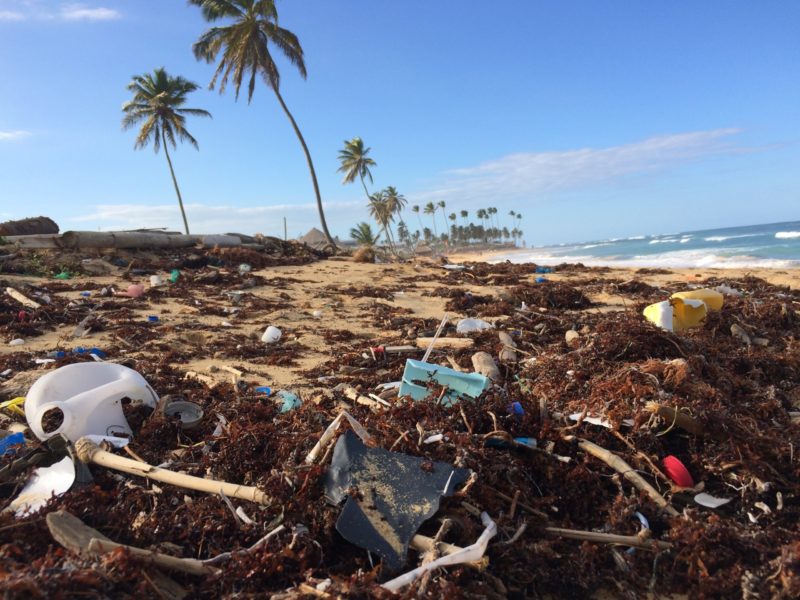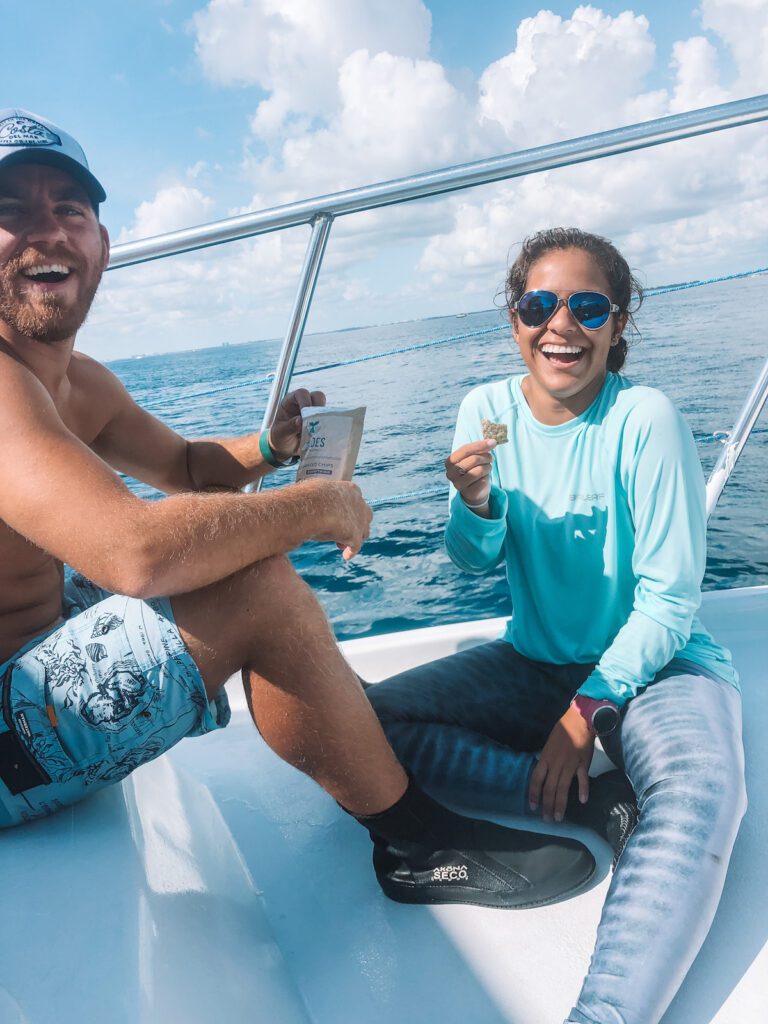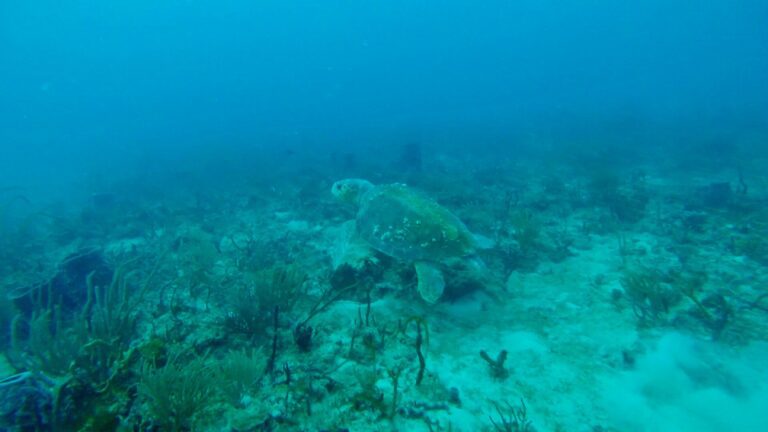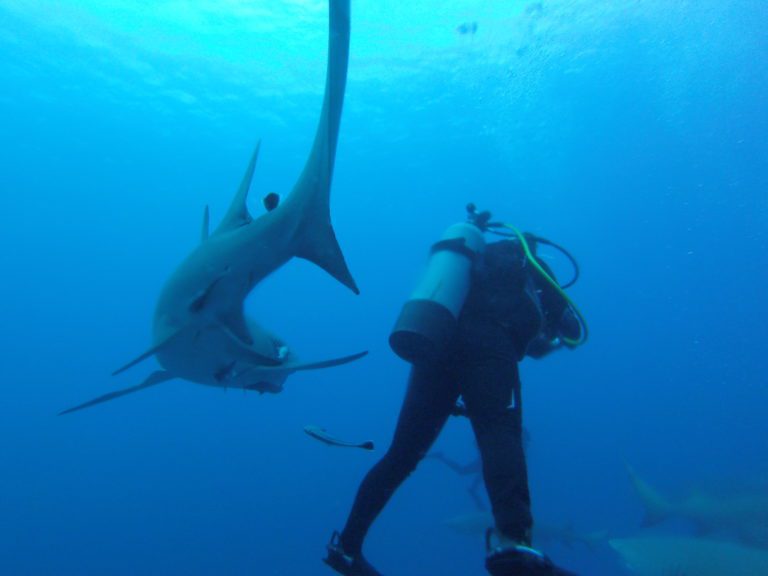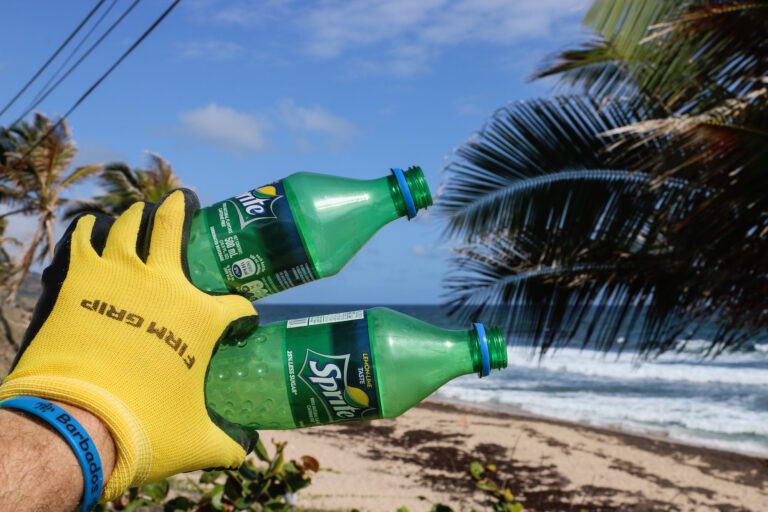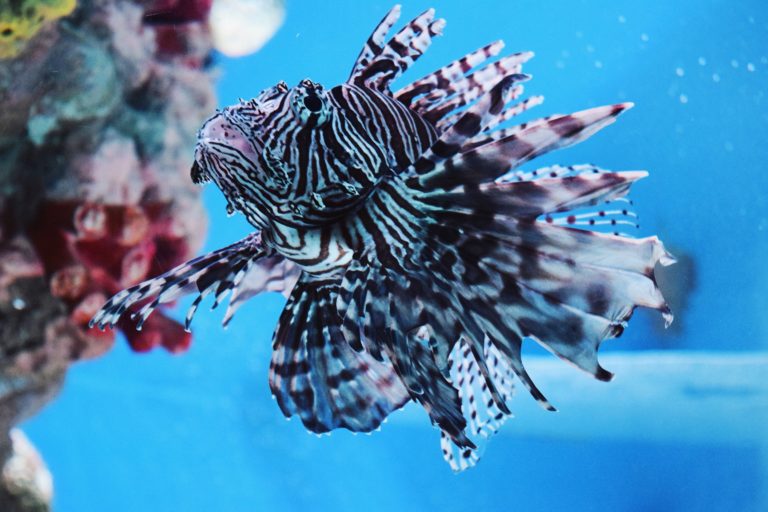10 Eco-friendly Alternatives to Single Use Plastic
We’ve all seen it: a nice ocean view ruined by the sight of plastic. These days, it seems no matter where you are in the world, you’re sure to find some plastic pollution in our waters. What can be done? Let’s explore some options for alternatives to single use plastic.
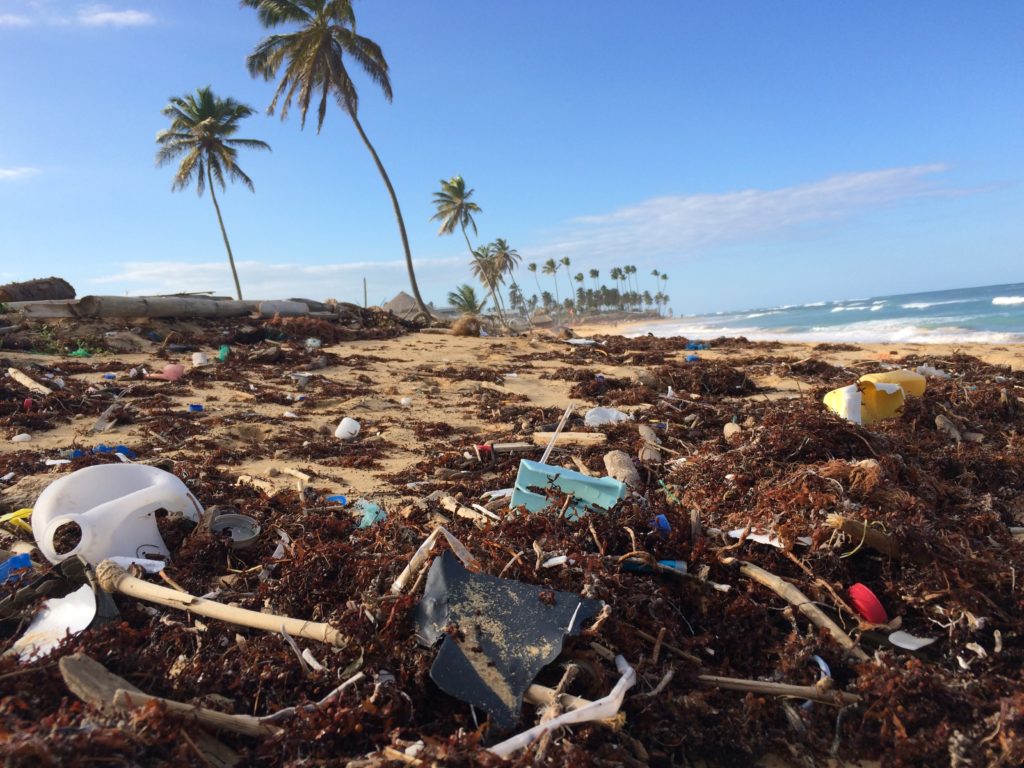
First, what are the top plastics found in the ocean?
The Ocean Conservancy created a report highlighting the type and amount of items collected during their 2018 international coastal cleanup. The numbers are shocking:
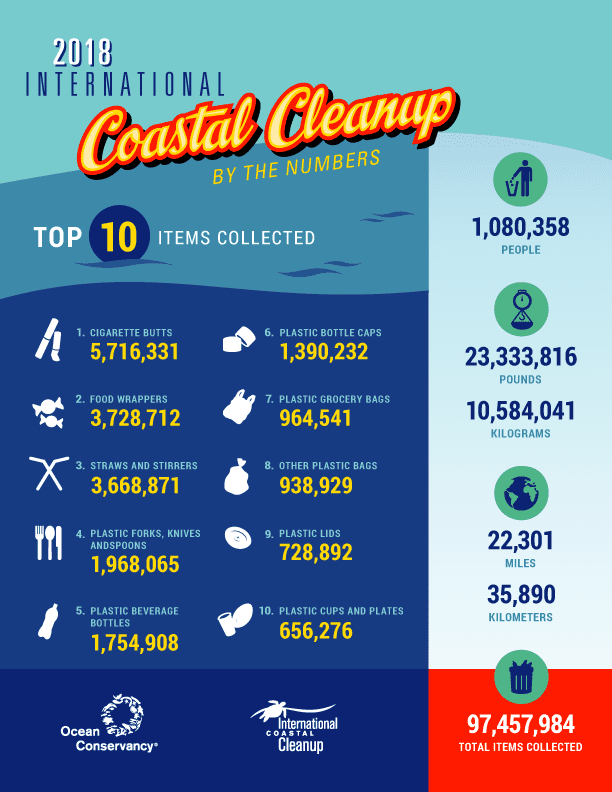
Did you notice a trend? Most of the trash found in our oceans is single-use plastic! (i.e. straws, silverware, water bottles and caps, grocery bags, cups, and plates)
What is single-use plastic?
Plastic items that are produced, used once, and tossed in the trash or recycled.
However, do these items really ever go away? Of course not! Plastic is literally built to last hundreds of years!
Think of it like this: every piece of plastic that you’ve ever used, no matter how small or how large, still exists somewhere. Whether it be in a landfill, recycling center, another product, or even the ocean. It never breaks down (at least within our lifetime).
How do we reverse the trend of single-use plastic in our ocean?
Although, most of the pollution in the ocean comes from Asia, the USA and other western countries still contribute to these pollution trends. We all certainly have room for improvement.
When it comes to conservation efforts, I like to think: “What can I do today in my own life to make a difference?” I can’t control what China or India does with their trash and I can’t wave a magic wand to make it all disappear.
However, what I CAN do is change my consumption habits by using alternatives to single use plastic.
What are some good alternatives to single use plastic?
The good news: many single-use alternatives end up saving you money in the long run. It’s a win-win. You’re saving the ocean AND money.
These 10 alternatives are sure to reduce your single-use plastic consumption:
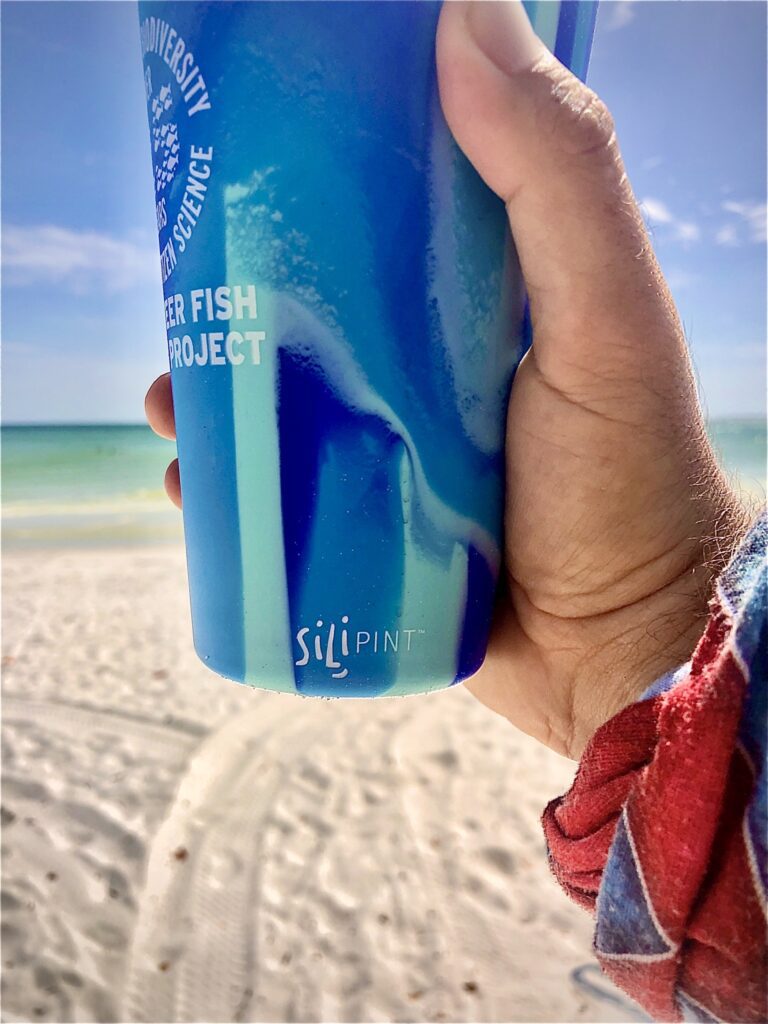
1. Toothbrush
Shocking, right?! Think about it: every toothbrush you’ve EVER used is still out there somewhere. Yikes!
Unless, you’ve been using an eco-friendly toothbrush! These toothbrushes are made from sustainable bamboo. Some would say they work even better than those plastic ones from your local pharmacy.
Besides, let’s be honest. You’ve probably been using that toothbrush in your bathroom for WAY too long anyway. It’s time for some new bristles to clean those pearly whites. Your dentist certainly won’t be disappointed (but he/she will still tell you that you don’t floss enough).
2. Snack Bags
Admittedly, my lovely mother packed my lunch for school every day until I left home for college (no shame). It was the most exciting part of the day opening my lunch to find what goodies lie within. Cookies, chips, fruit, and veggies all nicely packed inside separate plastic zip lock bags for my eating pleasure! Lucky me!
What I failed to realize is ALL of those zip lock bags I used since Kindergarten are still out there. Many of which could have ended up in the ocean! Ut oh, mom, we have a problem!
Since then, I’ve made the switch to these eco-friendly reusable bags for my treats! I love them. They’re easy to clean, dry, and are ready to go for the next day. I also save loads of money on NOT buying bags over and over at the store.
Do yourself (and the ocean) a favor, save some money and get these bad boys.
3. Straws
If you haven’t heard about the war on plastic straws, here’s your chance…
News Update
We’re waging a war on plastic straws!
But seriously, this one is an easy solution:
- Don’t use a straw.
- Use a reusable straw. They’re sold everywhere.
NOTE: the sea turtles are sure to appreciate this one!
4. Silverware
Silverware is an often forgotten single-use plastic. Rarely do they get recycled and rarely do we ever really turn them down.
Good news: great alternatives exist.
Bring them to work, keep them in your backpack, take them on a trip! And best yet, you can even gift the extra two to a few friends!
5. Grocery Bags
To put it mildly, making an eco-friendly trip to the grocery store is extremely difficult. There’s plastic everywhere (some of it necessary for fresh food, some of it not so necessary).
What are some not so necessary plastics we could avoid? Grocery bags and produce bags!
Try these attractive, reusable bags at the check out line ( they’re strong and durable). As for produce bags, these mesh bags seem to do the trick!
6. Food Containers
I’m certainly guilty of this. I mean Betty Crocker containers are just so dang cheap and convenient. The good news is, if you’re doing it right, you can obviously use your plastic containers more than once!
So I’d say this is a luxury alternative. I’ve found these glass and bamboo containers to be effective and fairly priced. Give them a shot if you got the cash!
7. Coffee Mug and Lids
Ocean Conservancy found plastic lids as their #9 most found piece of debris on our coasts. That’s a lot! We can assume a good chunk of those may have been lids from coffee or tea.
Thankfully, a lot of coffee shops are trying to reverse this trend. Local craft coffee shops, and even big chains like Starbucks, are actually giving you discounts if you bring in your own coffee mug.
The discount varies from shop to shop, but why not take advantage of this incentive? Less plastic, more money. Everybody wins.
I will recommend owning a Yeti to anyone until the day I die. It’s the best tumbler on the market, hands down. Keep your hot coffee hot and your cold coffee cold. Can’t ask for much more than that!
8. K-Cups
The Keurig coffee machine came out of nowhere. Now it seems like everyone has one.
Don’t get me wrong, they’re awesome: a fresh cup of coffee in a matter of seconds? Sign me up!
Yet, who would have thought about how much plastic they use? The machine uses single use plastic shots of coffee, which are called ‘K-Cups’. Although delicious, they’re not environmentally friendly. Introduce: the reusable K-Cup.
Using this product opens up your Keurig to all coffees on the market. Not to mention, K-Cups of the top brand are not cheap, whatsoever. Again, your wallet and the ocean will appreciate it!
9. Water Bottle
I’m just going to put this out there: if you don’t own a water bottle already, my bet is you’re wildly dehydrated. C’mon now! Drink more water! (and not the kind from a plastic bottle)
A great and environmentally friendly alternative to plastic water bottles is from Hydro Flask. You see them everywhere: the beach, your kid’s soccer games, the airport, the gym.
Not only is this solution easy for you, it is also economical. Why would you buy single use plastic bottles over and over when you can buy a reusable water bottle, ONCE? Besides, most public beaches, state parks, hotels, and airports provide clean, filtered water to refill your own bottles with.
10. Party Cups
We all know them, we all have used them, and we all secretly kinda love them: the infamous red Solo cup! Toby Keith even wrote a song about them!
By now, red Solo cups are so ingrained into our society, they’re practically inevitable at a weekend festivity. But, have we ever thought about the amount of plastic that is being used for our party drinks? Let’s just say it’s a lot.
We’ve turned our party cups into Silipints! This funky brand makes eco-friendly, shatter-proof, plastic free cups of all shapes and sizes! A set of cups for parties, spill-proof cups for kids, oven-safe bowls, wine glasses, and even shot glasses.
Between the cool look and your contribution to ending ocean plastic, your cups will be all the rave at your next get together!
Other Ways to Reduce Single Use Plastic: Reuse the inevitable plastic.
A big way to reduce single-use plastic is to…well use it more than once! You’d be amazed at the impact this actually makes.
Amazon packaging
All the goodies you receive in the mail add up to a lot of plastic (not to mention cardboard). I’ll reuse the plastic bags from Amazon for all sorts of things! Hardware, snacks, crafts, and other odds and ends items I have sitting around the house.
Giving these plastic bags another purpose makes a huge impact for our environment!
Restaurant to-go boxes
Plastic or styro-foam containers from restaurants are pretty common. It’s great to bring home leftovers but not so great if we throw them into the trash after one use.
Good news is they’re easy to wash and reuse! Just add them to your cupboard of containers to give them a chance at a second life!
Better yet, bring your own food containers to the restaurant! In some states, government regulations are being lifted to allow this alternative.
Grocery store bags as trash bags
I do usually get a few grocery bags to use as my trash bags. It reduces my spending on thicker plastic to line my garbage cans with. It also gives grocery bags a second life!
What do you use as alternatives to single use plastic?
We want to hear from you! Leave a comment below! Let us know about any product, service, or creative idea you use as an alternative to single use plastic! The more solutions we can create and discuss, the quicker this problem goes away!
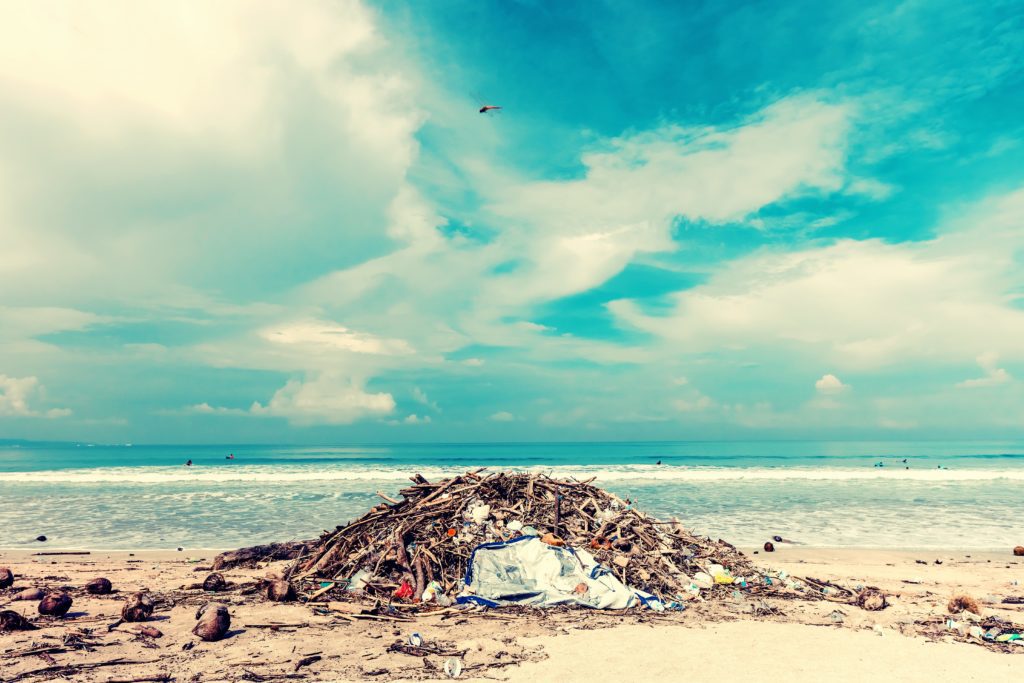
Enjoy this Post? Pin it!
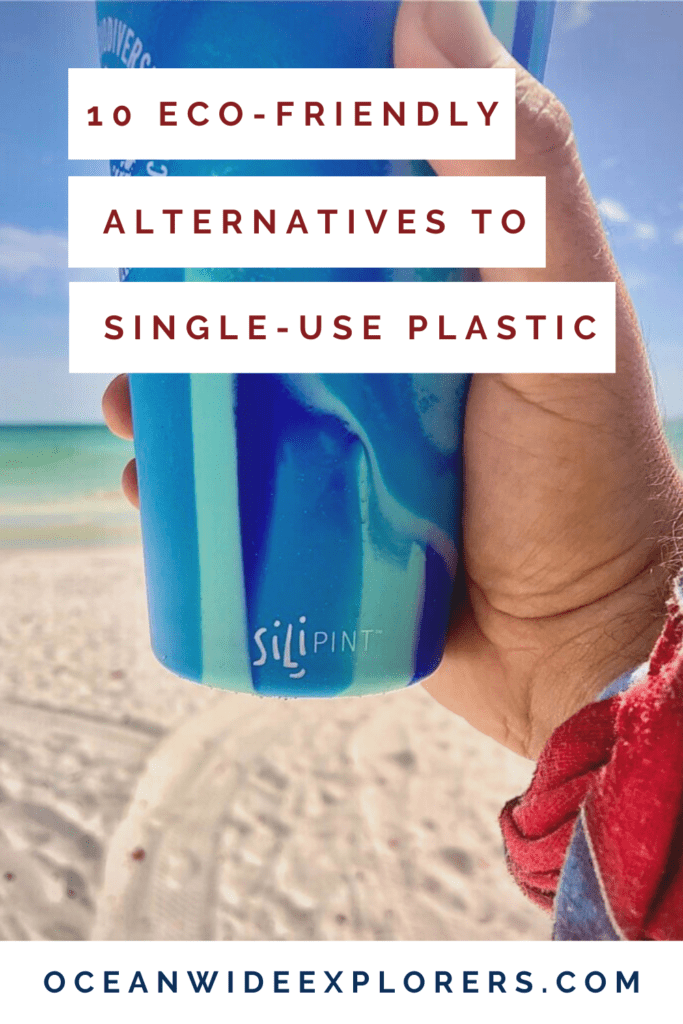
Read More About Ocean Conservation
We hope you enjoyed our post on alternatives to single use plastic. Hopefully you’ll find it useful on your next adventure! Here are a few more ocean-loving articles we think you should read next:
- 14 Ways to be Eco-friendly at the Beach
- How to Help Save Sea Turtles: 16 Dos and Don’ts
- Why Do You See Tires While Diving in Fort Lauderdale?
- 5+ Resources for Marine Life ID in Florida
How do you reduce your use? What are some other options to reduce single use plastic? Alternatives to single use plastic are more important than ever! Leave a comment below!

